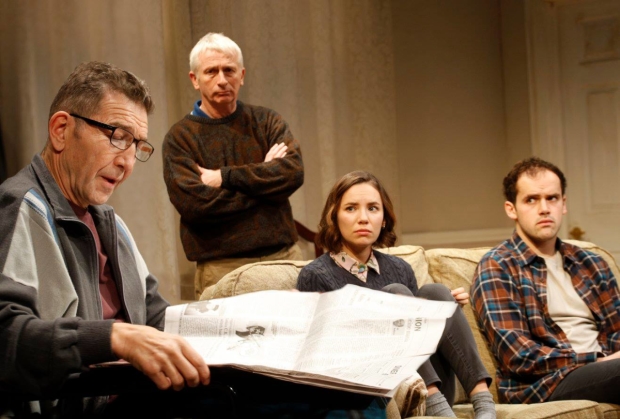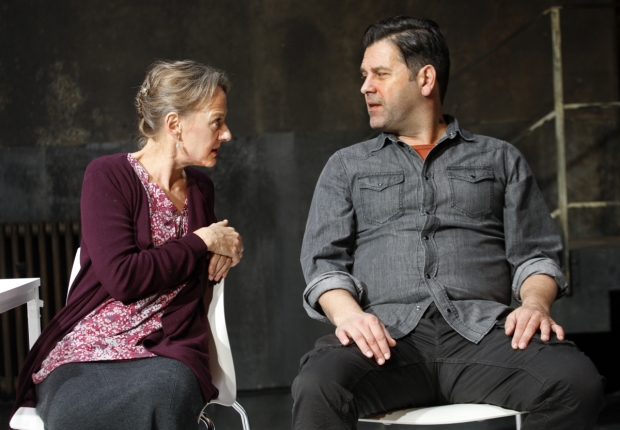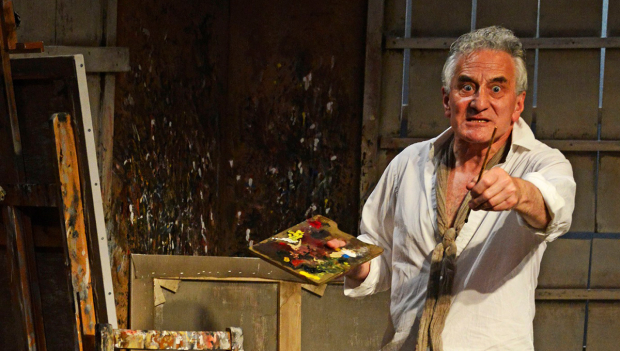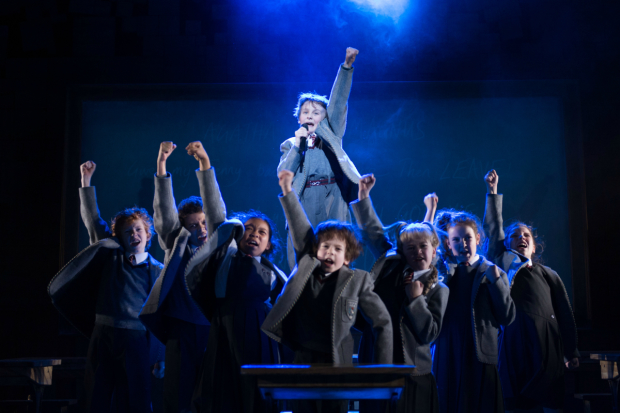Review: Agnes Colander (Ustinov Studio)

© Simon Annand
Here’s an interesting curio from the ever-enterprising Ustinov Studio. A world premiere of a century old play, written by a titan of British Theatre and directed by its current godfather, Trevor Nunn.
Harley Granville-Barker blazed a trail through early twentieth century Britain as actor, director, writer, theorist. He played the juvenile leads for Shaw. He ran the Royal Court, championed Ibsen and wrote a pamphlet detailing how a National theatre could come to fruition. Then he packed it all in early, moved abroad and wrote his prefaces to Shakespeare that are still essential texts to this day. All this and he still had time to compose plays that have entered canon; The Voysey Inheritance, Waste and The Madras House. So, a newly discovered draft of an early play, located while archiving his papers is a fascinating find. Given a touch up by Richard Nelson and a careful production by Nunn, Agnes Colander passes the time well enough but never fully convinces as a real find.
It’s a work that feels startlingly prescient. Beginning in an artist’s garret in London we see Agnes (Naomi Frederick) struggling to lose herself in her painting and deal with the competing attentions of an ex-husband who has written her a note asking her to come home, a gruff Danish artist and a young earnest gentleman woken up to possibilities after sharing a first moonlight kiss. The Ibsen connection is obvious, Agnes is a contemporary of Nora, Hedda and Hilda, a woman fighting to discover her own independence in a world that still placed the x chromosome as servient to xy. She is very much modern woman, wanting to discuss ‘the sex thing’ with her would-be suitors, her earthly desires and emotions separated and her focus is very much on her artistic pursuits. Frederick plays her with an ethereal presence, on a plane above the men scrambling along behind her. These men – nicely contrasted by Matthew Flynn’s bear-like artist Otto and Freddie Carter’s boyish gentleman, cheekbones cut like glass and eyes blazing with tremulous feeling – stumble into declarations and moments of violent emotions, Agnes clearly and deliberately sets out on her own path.
The piece follows the structure of the well-made play beginning slowly, simmering and finally coming to the boil in its final scene. It is solidly crafted and gradually its narrative exerts a grip. Yet however solid the acting the work always has the whiff of the draft about it. Whether it's Barker, Nelson or Nunn, the work has a declamatory tinge to it, ideas and speeches coming from the pen of the writer rather than sprout fully formed from the character. Ibsen put definitive full stops at the end of his works, here we get a comma. Agnes' final decision seems misjudged and a betrayal of the woman we have got to know. Perhaps it was temporal, maybe Barker was ahead of his game and the sequel was already forming in his head.
Robert Jones' settings take us from a cramped London artist studio to the airy delights of a Paris apartment care of a clunky scene change. It rather sums up the work, a combination of the elegant and the perfunctory bumping heads. An interesting discovery but unlikely to enter the canon anytime soon.
Agnes Colander runs at the Ustinov Studio in Bath until 14 April.














